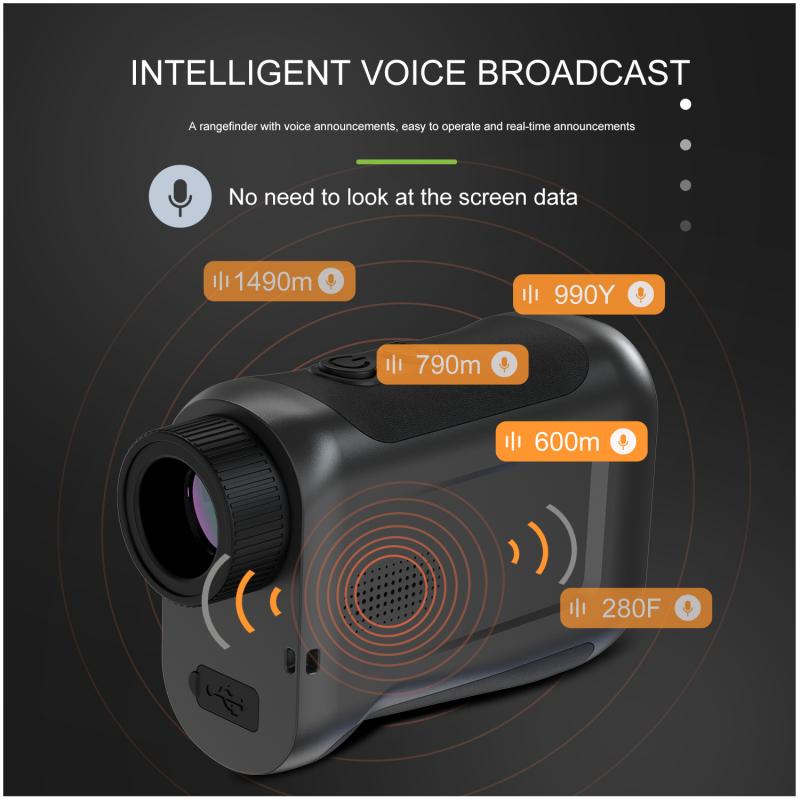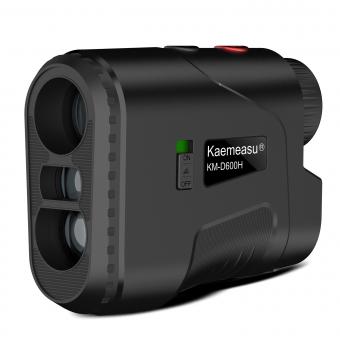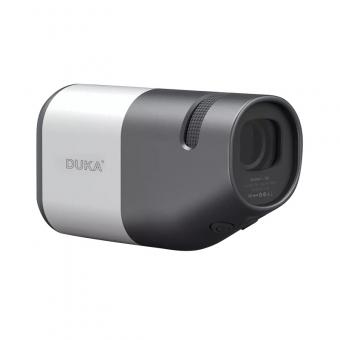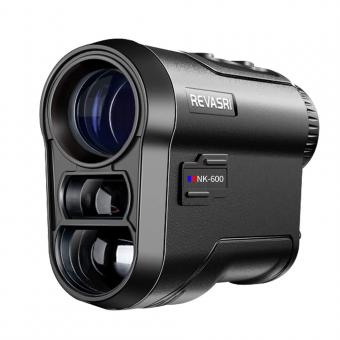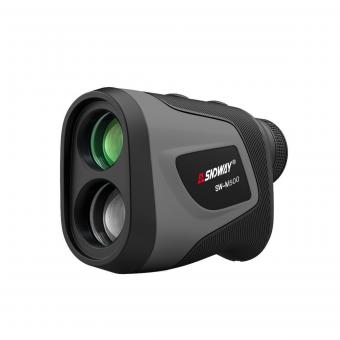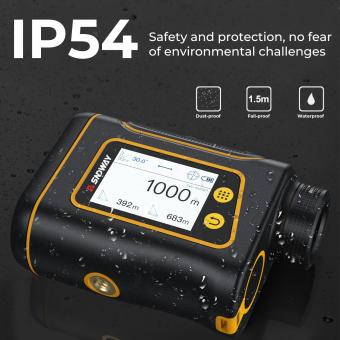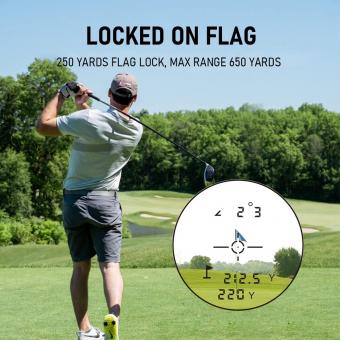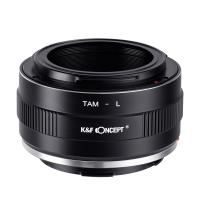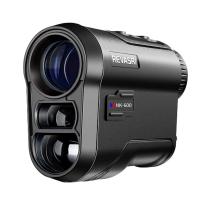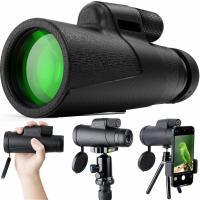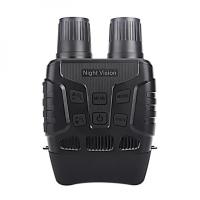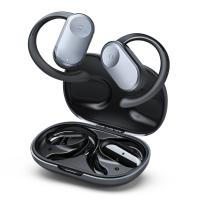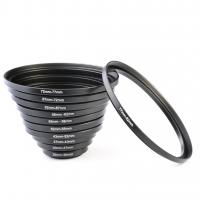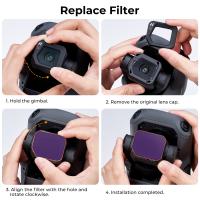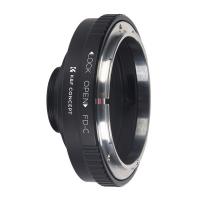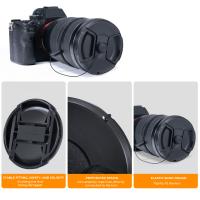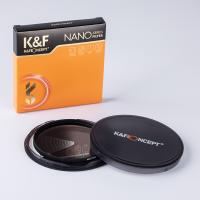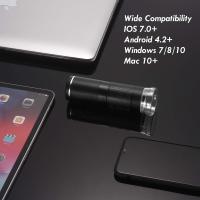How To Use Bushnell Golf Rangefinder ?
To use a Bushnell golf rangefinder, first ensure that the device is fully charged or has fresh batteries. Turn on the rangefinder by pressing the power button. Look through the viewfinder and aim at the target you want to measure the distance to. Press the button to activate the laser and hold it steady on the target until you see the distance measurement displayed on the screen. Some Bushnell rangefinders may also provide additional features such as slope adjustment or pin-seeking technology, which can be accessed through the menu settings. Familiarize yourself with the specific model you have to make the most of its features. Remember to always follow the manufacturer's instructions and guidelines for proper use and maintenance of your Bushnell golf rangefinder.
1、 Understanding the features of a Bushnell golf rangefinder
Understanding the features of a Bushnell golf rangefinder is essential to maximize its potential on the golf course. These devices are designed to provide accurate distance measurements, helping golfers make informed decisions about club selection and shot execution. Here's a guide on how to use a Bushnell golf rangefinder effectively:
1. Familiarize yourself with the device: Read the user manual to understand the specific features and functions of your Bushnell golf rangefinder model. This will ensure you know how to operate it correctly.
2. Target acquisition: Aim the rangefinder at your desired target, such as a flagstick or hazard. Press the power button to activate the device and align the crosshairs with the target. Once the rangefinder locks onto the target, it will display the distance measurement.
3. Utilize different modes: Many Bushnell golf rangefinders offer various modes, such as slope mode, which factors in elevation changes to provide adjusted yardages. However, it's important to note that slope mode is not legal for tournament play and should be disabled in such situations.
4. Practice with the rangefinder: Spend some time using the rangefinder during practice rounds to become comfortable with its operation. This will help you quickly and accurately acquire distances during competitive play.
5. Consider additional features: Some Bushnell golf rangefinders come with features like JOLT technology, which provides a vibration when the device locks onto the target. This can be particularly helpful in confirming that you have successfully acquired the correct distance.
In conclusion, understanding the features of a Bushnell golf rangefinder is crucial for its effective use on the golf course. By familiarizing yourself with the device, practicing with it, and utilizing its various modes and features, you can enhance your game and make more informed decisions during play.
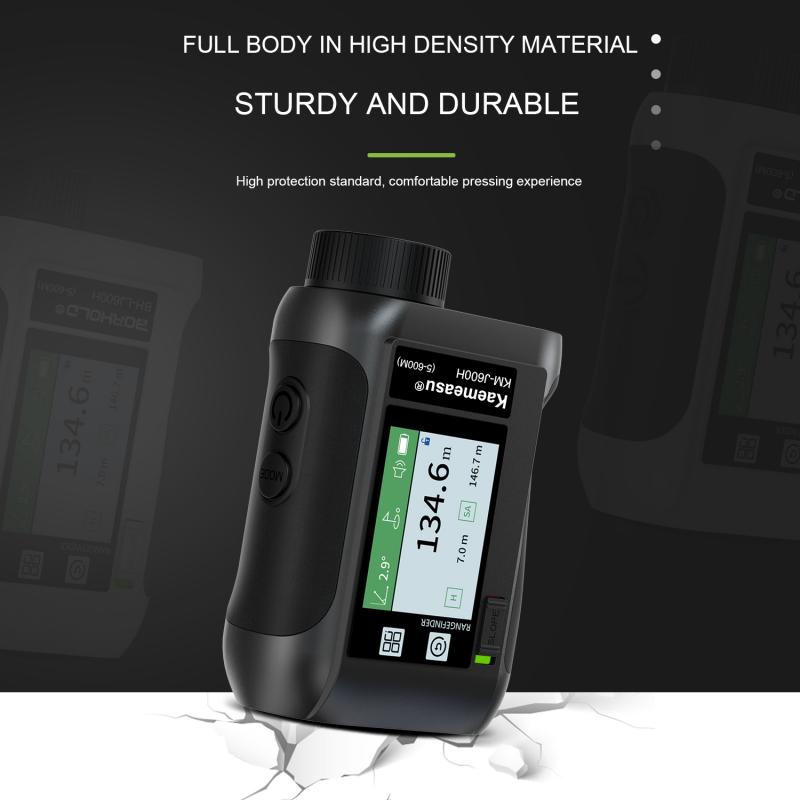
2、 Properly calibrating the rangefinder for accurate distance measurements
To properly use a Bushnell golf rangefinder, it is essential to calibrate it for accurate distance measurements. Calibration ensures that the rangefinder provides precise readings, allowing golfers to make informed decisions on the course.
To begin, it is important to read the user manual provided by Bushnell. This will provide specific instructions on how to calibrate your particular model of rangefinder. Generally, the calibration process involves aligning the rangefinder with a known distance and adjusting the settings accordingly.
One common method of calibration is to use a flagstick on the driving range. Place the flagstick at a known distance, such as 100 yards, and aim the rangefinder at it. Press the button to activate the rangefinder and wait for it to provide a distance reading. Compare this reading to the known distance of the flagstick. If there is a discrepancy, consult the user manual for instructions on how to adjust the rangefinder's settings to match the known distance.
It is also important to consider environmental factors that may affect the accuracy of the rangefinder. Factors such as fog, rain, or bright sunlight can impact the readings. Some rangefinders have features to compensate for these conditions, so it is advisable to familiarize yourself with these features and use them as needed.
Additionally, it is recommended to practice using the rangefinder on the course before relying on it during a round. This will help you become comfortable with its operation and ensure accurate distance measurements.
In conclusion, properly calibrating a Bushnell golf rangefinder is crucial for accurate distance measurements. By following the instructions provided in the user manual and considering environmental factors, golfers can rely on their rangefinder to make informed decisions on the course.
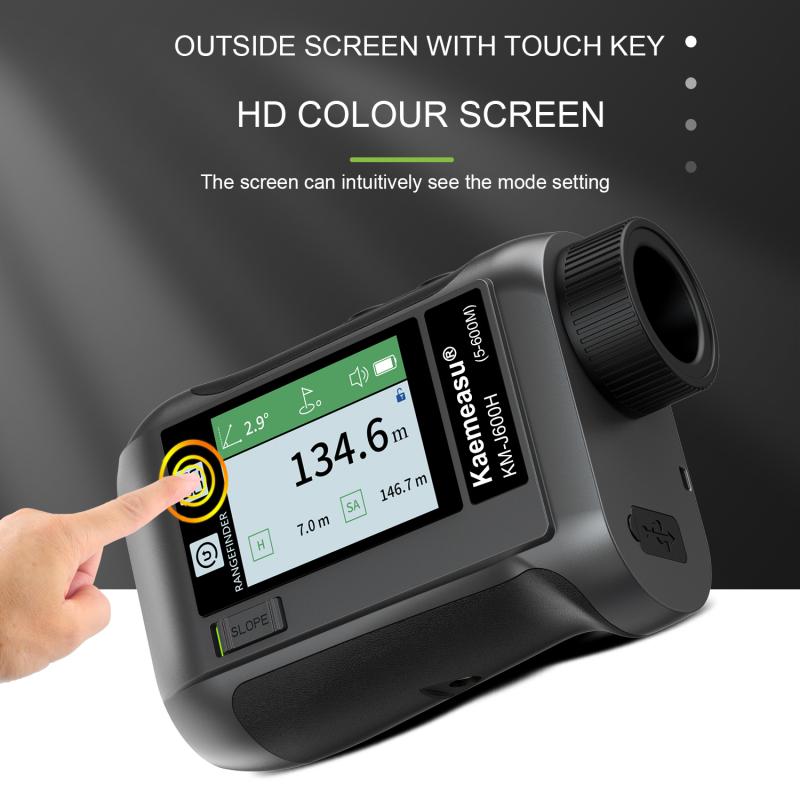
3、 Using the rangefinder to determine distances to hazards and targets
To use a Bushnell golf rangefinder effectively, follow these steps:
1. Familiarize yourself with the device: Read the user manual to understand the features and functions of your specific model. This will help you navigate through the settings and utilize the rangefinder to its full potential.
2. Target acquisition: Aim the rangefinder at your desired target, such as a flagstick or hazard. Press and hold the power button to activate the device. Align the crosshairs with the target and release the button. The rangefinder will emit a laser beam to measure the distance.
3. Distance display: Once the rangefinder has calculated the distance, the result will be displayed on the screen. Some models may also provide additional information like slope-adjusted distances or measurements in meters or yards. Take note of the displayed distance for your shot planning.
4. Scanning mode: Many Bushnell rangefinders offer a scanning mode that allows you to pan across multiple targets and receive continuous distance updates. This is particularly useful when determining distances to hazards or when trying to find the best landing area on the fairway.
5. Practice and accuracy: To ensure accurate readings, practice using the rangefinder in various conditions and distances. Factors like fog, rain, or reflective surfaces can affect the accuracy of measurements. Regularly clean the lens and keep the rangefinder dry for optimal performance.
It's worth noting that technology is constantly evolving, and newer models may offer additional features like GPS integration or smartphone connectivity. Always refer to the user manual for specific instructions related to your Bushnell golf rangefinder model.

4、 Utilizing the rangefinder's slope mode for adjusted yardages
To use a Bushnell golf rangefinder, follow these steps:
1. Turn on the rangefinder by pressing the power button. Ensure that the battery is fully charged or replace it if necessary.
2. Aim the rangefinder at the target you want to measure. Look through the viewfinder and align the crosshairs with the flagstick or desired target.
3. Press the button to activate the laser. Keep the rangefinder steady and wait for the device to calculate the distance.
4. The yardage will be displayed on the screen. Take note of the distance and adjust your club selection accordingly.
Now, if your Bushnell golf rangefinder has a slope mode, you can utilize it for adjusted yardages. The slope mode takes into account the elevation changes on the course, providing you with more accurate distances. However, it's important to note that using slope mode during a tournament or official play is not allowed, as it provides an unfair advantage.
To use the slope mode, follow these additional steps:
1. Locate the slope switch or button on your rangefinder. This may vary depending on the model.
2. Activate the slope mode by switching it on or pressing the designated button.
3. Aim at the target as usual and wait for the rangefinder to calculate the adjusted yardage, considering the slope.
4. The adjusted yardage will be displayed on the screen, taking into account the elevation changes.
Remember, using the slope mode is a personal preference and should be used responsibly. It can be a valuable tool for practice rounds or casual play, helping you make more informed club selections. However, it's important to rely on your own judgment and experience when playing in official competitions.
